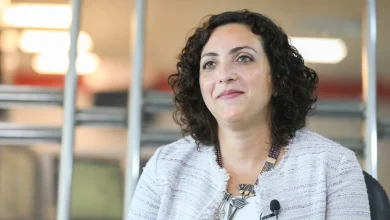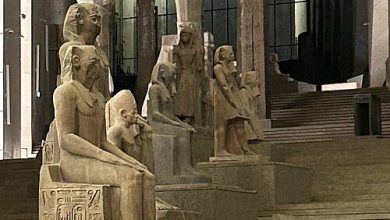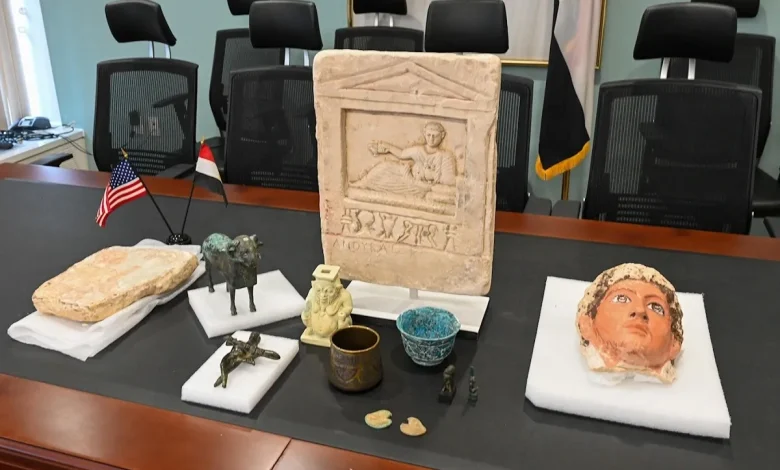
The fall of Robin Symes’ network for smuggling Egyptian antiquities
The opening of the Grand Egyptian Museum, built on 120 acres at a cost of $1 billion, prompted scholars to demand the return of artifacts stolen from Egypt. The Netherlands took the initiative to return a stone statue that had been illegally removed from Egypt, in addition to recovering 36 artifacts that had been smuggled across the US border, after undergoing intensive investigations. Although these pieces passed from one dealer to another before ending up in famous museums, the main culprit was British antiquities dealer Robin Symes, who oversaw an international network for smuggling antiquities. The process of recovering looted Egyptian antiquities has become a long and complex legal battle against illegal trade.
Statue recovered from the Netherlands
The Dutch authorities returned a stolen ancient statue to Egypt, a 3,500-year-old stone head that was offered for sale at the Egyptian Museum in Maastricht. It is scheduled to be handed over to the Egyptian ambassador at the end of 2025.
According to the website Art News, the statue depicts an Egyptian official who lived during the reign of Thutmose III. It was stolen in either 2011 or 2012, during the Arab Spring uprisings. However, the statue only reappeared 10 years later, when it was offered for sale for $220,000 at the TEFAF art fair in Maastricht, northern Netherlands.
Tracing the statue’s journey revealed that it had arrived in the Netherlands via a dealer who sold it to a Spanish dealer who was arrested in 2024. He was charged with money laundering, smuggling, and document forgery. The Spanish dealer acquired the statue in 2015 from an international company based in Bangkok, but later forged documents stating that it had been part of a Spanish collection since the 1970s. After investigations by the Dutch police, it was proven that the statue had been illegally removed from Egypt.
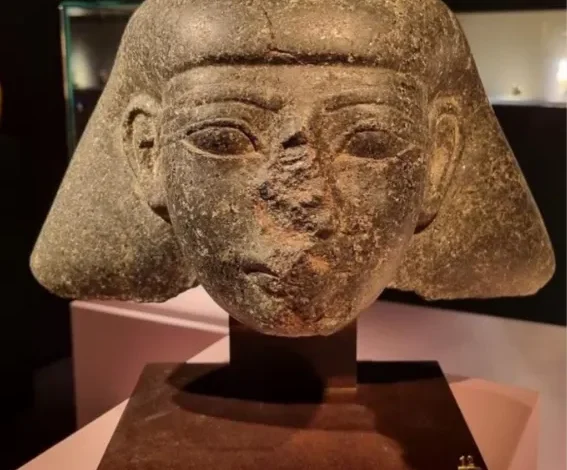
36 artifacts recovered from the United States
In another development, the Ministry of Tourism and Antiquities recovered 36 artifacts from the United States after decades of illegal smuggling. The Anti-Trafficking Unit of the Manhattan District Attorney’s Office and the New York State Attorney General’s Office found 11 artifacts.
According to the website Art News, the Metropolitan Museum of Art in New York returned 24 other artifacts, while the New York State Attorney General recovered one artifact. This was in accordance with a memorandum of understanding between Egypt and the United States on illegal antiquities, signed in 2021 and valid until 2026.
The Egyptian Ministry of Foreign Affairs has recovered 11 other artifacts, according to the New York Attorney General’s Office and US law enforcement authorities. According to a statement from the ministry, these pieces are of great historical importance and were smuggled out of Egypt illegally in recent years.
Official announcement and investigations
The official announcement of the return of these pieces came in May 2025, when the official website of the Manhattan District Attorney’s Office, Alvin L. Bragg, published a statement explaining the return of 11 artifacts to the Egyptian people.
These pieces were recovered after criminal investigations, including one involving London-based antiquities dealer Robin Symes, who was previously convicted and died in 2023. The office confiscated 135 artifacts valued at more than $58 million. Simes allegedly smuggled them into Manhattan and across the border. The prosecutor described the 11 pieces as priceless and said that returning them to Egypt was the right thing to do.
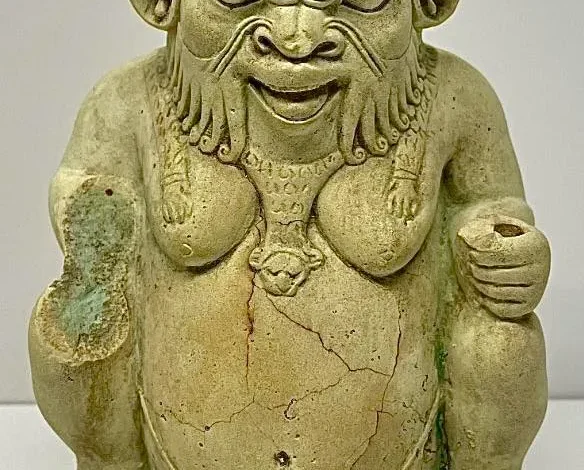
Key pieces
The Attorney General’s Office described the recovered pieces as follows:
- Vessel of the god Bes: Dating from around 650-550 BC, it was found covered in dirt and a layer of lime, evidence of recent looting. The image of the vessel was in Robin Simes’ possession before his death, and he used it to promote the piece to potential buyers. It was then sold to a museum in the United States in the early 1990s. It remained there until it was recovered by the Australian Antiquities Unit.
- Mummy mask of a young man: According to investigations, this funerary painting was painted during the Roman rule of Egypt, between 100 and 300 AD, and is from the Fayum collection.
The mask first appeared on the art market in 1977 without specifying its source. It was in the possession of New York-based antiquities dealer Matthias Comor. Investigations led to a letter from Comor to the final buyer, a private collector. In it, he explains that the mask was recently found near the protected archaeological complex of Abu Sir Pyramids. He then donated it to an American museum, and it was confiscated by the Antiquities Enforcement Unit in early 2025.
The Attorney General’s Office declined to disclose which museums held these two artifacts prior to their recovery or the number of criminal investigations related to the 11 pieces.
Three groups
The eleven pieces represent the first group of 36 artifacts that were illegally smuggled out of Egypt, according to CBS News. The second group, which the Metropolitan Museum handed over to the Egyptian Consulate in New York, includes 24 rare manuscripts in ancient Coptic and Syriac.
The third group consists of a colored plaster panel from the 18th Dynasty. It dates back about 3,000 years and was confiscated by the New York State Attorney General’s Office after it was found to have been illegally exported from Egypt. The ministry confirmed that an archaeological committee had taken delivery of the pieces, which will be displayed at the Egyptian Museum in central Cairo after restoration.
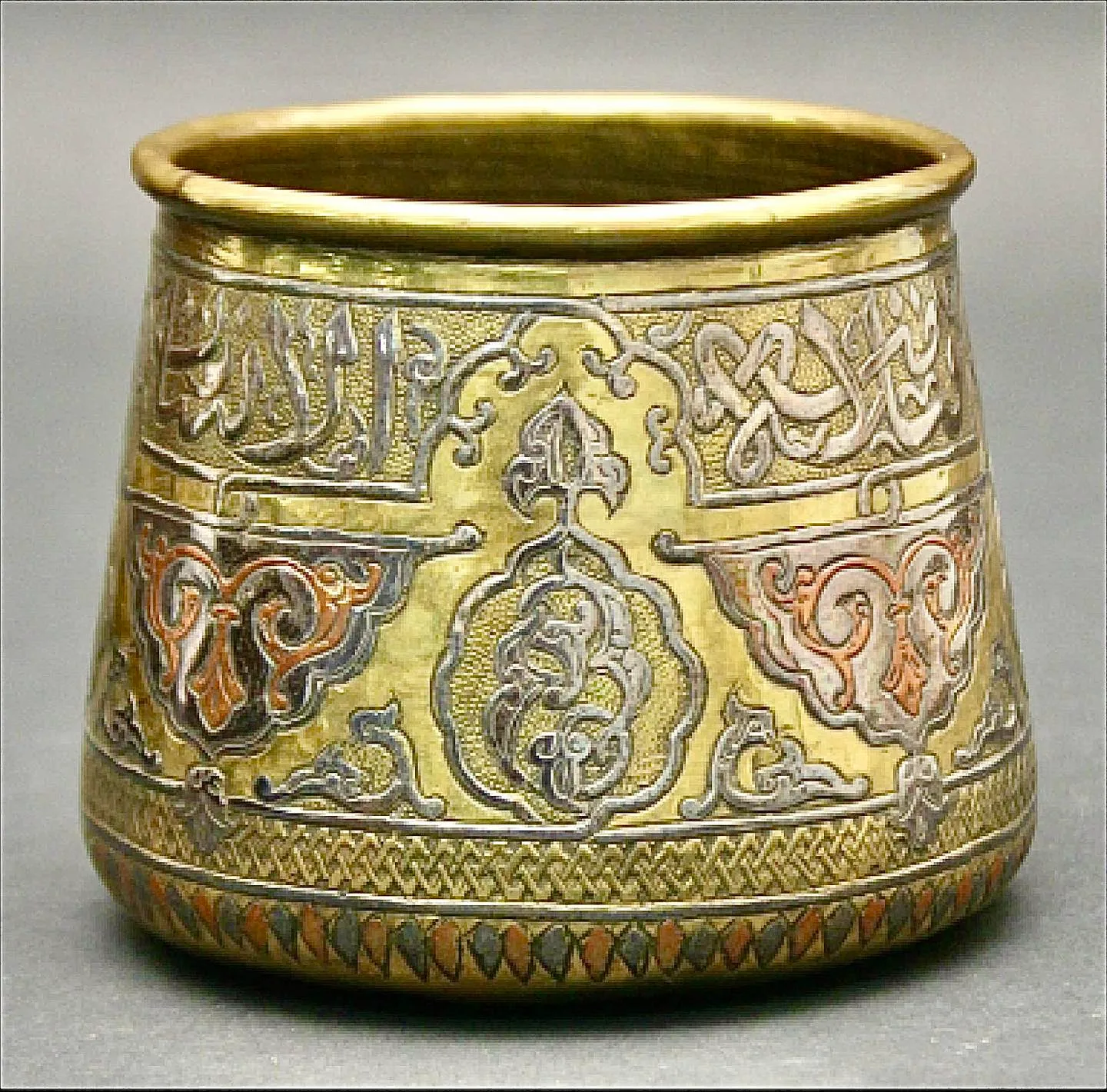
The main suspect
The dealer involved in the sale of the pieces is Robin Simes (February 1939 – October 30, 2023), one of Britain’s leading antiquities dealers. He was later discovered to be part of an international network trading in looted antiquities.
According to the 2021 investigation memorandum, which Bab Masr reviewed, Simes began his career in the 1970s when he formed a business partnership with Christo Michailides. They achieved success in the global antiquities market.
However, the situation changed after Michailidis died in an accident in 1999. His family filed a lawsuit to recover their share of the company’s assets. During the trial, it was revealed that Simes had given false testimony about the size and value of his assets. This led to his conviction for contempt of court and a two-year prison sentence, of which he served only seven months.
45 hidden boxes
The artifacts that Simes hid in order to avoid accurately determining his wealth with his partner’s heirs remained a source of mystery for 15 years. According to the Art News network, the investigation began in March 2014, when Italian police suspected that the looted artifacts might have been stored in a Swiss vault.
In January 2016, Italian authorities revealed new details showing that Simes’ involvement in the illegal antiquities trade was much deeper than previously thought. Forty-five boxes were found in a Geneva Freeport warehouse in Switzerland, containing hundreds of looted artifacts. Simes had hidden them for 15 years to avoid detection by the heirs of his late partner.
The crates contained a treasure trove of Roman and Etruscan artifacts, including two rare and priceless life-size sarcophagi dating back to the second century BC. Simes used the vault to store the artifacts for more than 15 years, hiding them in crates labeled with the name of another company.
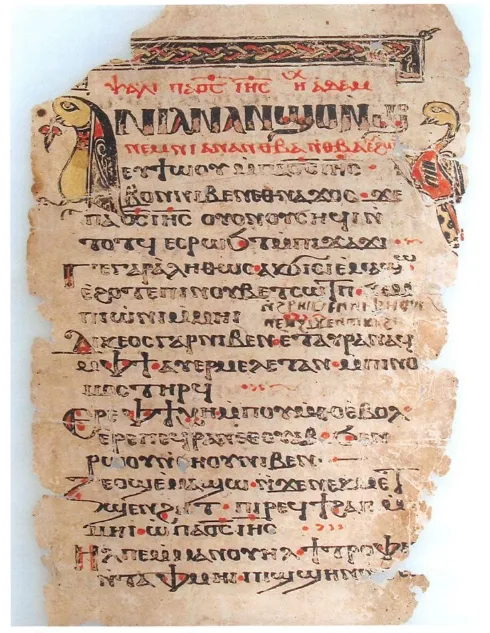
Sentence and imprisonment
Simes was one of London’s most famous antique dealers. According to Art News, he was convicted of contempt of court for ignoring orders to sell an Egyptian statue worth £3 million. In January 2005, he was sentenced to two years in prison but was released after only seven months.
Before his imprisonment, Simes was a successful and reputable antiquities dealer, but he lost his standing when he was accused of belonging to an international network of antiquities thieves and dealers.
Suspicious partnerships
Born in 1939 in Dorchester-on-Thames, England, Robin Symes worked with well-known dealers such as Robert Hech, Giacomo Medici, and Giovanni Franco Piccina. According to a 2021 investigation memo, Simes began trading in illicit antiquities in the 1960s and established his business in the 1970s. In 2001, Italian authorities charged Simes and his associates with illicit trafficking in antiquities. Medici was convicted, but the charges against Simes were debated.
Greek authorities also investigated him on April 12, 2006, after seizing 12 artifacts from his residence in Athens, where he lived with Michailidis.
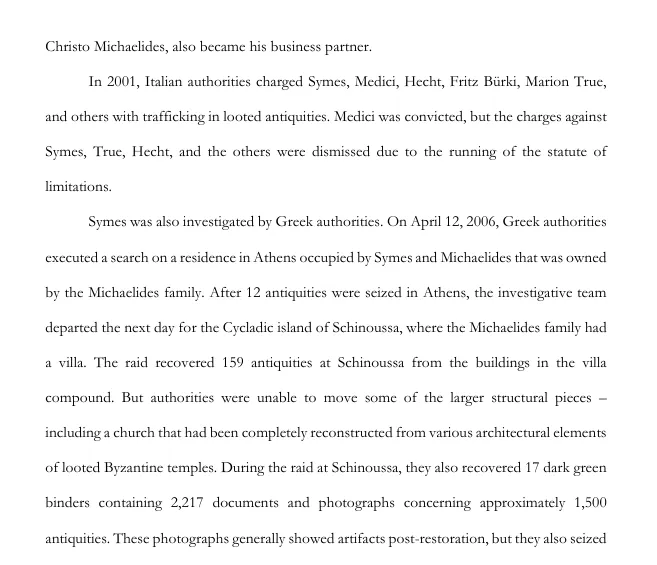
17 volumes reveal 1,500 looted items
During the raid on the house, authorities recovered 159 artifacts, as well as architectural elements from looted Byzantine statues. The investigation report showed that 17 dark green binders containing 2,217 documents and photographs of approximately 1,500 artifacts were found after the restoration. These documents are known as the “Simes Archive.”
Investigations proved that Medici and Pichina were supplying Seyms with artifacts, who in turn served as a front for them, selling the best stolen pieces to wealthy collectors.
Manipulation to raise the price of artifacts
On January 27, 1993, while attempting to sell an artifact directly, Seyms wrote in a letter: “I will ask my friend about the real place of discovery and let you know.” After Michailidis died under mysterious circumstances in 1999, Simes filed a lawsuit against his heirs. However, it was later dismissed, and in 2001, a court order was issued to freeze his accounts.
In May 2002, Symmes obtained a $1 million loan from antiquities dealer Michael Steinhardt to finance his legal battles. In January 2005, the High Court in London sentenced Symmes to two years in prison for perjury and concealing the location and value of his antiquities collection.
Despite his claim that he stored the artifacts in only five locations, the court determined that he had 17,000 artifacts valued at more than £125 million. That’s about $173 million, hidden in 33 locations between London, New York, and Geneva. The judge also found that Simes and his partners conspired to fix the market prices of a collection of important artifacts worth more than $12 million in 1992.
Return of treasures to Greece, Iraq, and Italy
The recovered Egyptian artifacts linked to Robin Symes are not the only ones. In 2025, 750 artifacts worth approximately €12 million were returned to Italy after a long legal battle, according to The Art News Paper. Eleven artifacts worth approximately $1 million were also returned to Greece as part of a collection of 121 confiscated artifacts.
In May 2025, the Metropolitan Museum of Art announced the return of three artifacts to Iraq, in cooperation with the Manhattan District Attorney’s Office. This followed investigations by Robin Simes. The artifacts include a Sumerian vase made of gypsum and alabaster, dating from 2600-2500 BC, and two clay statues from 2000-1600 BC, depicting the heads of a man and a woman. These pieces are estimated to be worth approximately US$500,000.

